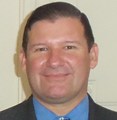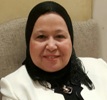- Submissions

Full Text
Modern Concepts & Developments in Agronomy
Recent Advances in UAS based Soil Erosion Mapping
Sungchan Oh1, Anjin Chang2, Jae E Yang3, Hyuck Soo Kim3, Kyung Jae Lim4 and Jinha Jung1
1Lyles School of Civil Engineering, Purdue University, USA
2School of Engineering and Computing Sciences, Texas A&M University-Corpus Christi, USA
3Department of Biological Environment, Kangwon National University, South Korea
4Department of Regional Infrastructure Engineering, Kangwon National University, South Korea
*Corresponding author: Jinha Jung, Assistant professor, Purdue University, Lyles School of Civil Engineering, 550 Stadium Mall Drive, West Lafayette, IN 47907-2051, USA
Submission: August 17, 2020Published: August 31, 2020
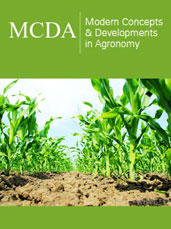
ISSN 2637-7659Volume7 Issue 2
Abstract
This mini review presents the latest applications of Unoccupied Aircraft Systems (UAS) technology in soil erosion mapping. The traditional soil erosion measurement approach is not only time-consuming and labor-intensive but also it is challenging to understand the spatial distribution of sediment erosion and deposition. The UAS based aerial mapping technologies are recently making it possible to perform precise spatial modeling of rill and gully erosion process at a relatively low cost. This mini review summarizes research topics of previous research as follows:
- mapping and modeling of the soil surface in a fine spatial resolution,
- volumetric estimation of gully and rill erosion,
- understanding the sediment transport process, and
- prediction of future soil erosion based on UAS data.
Keywords: Soil erosion; Gully; Rill; Spatial analysis
Abbreviations: UAS: Unoccupied Aircraft Systems; DEM: Digital Elevation Model; ASTER: Advanced Space-borne Thermal Emission and Reflection Radiometer; GIS: Geographical Information Systems; DSM: Digital Surface Model
Introduction
Soil erosion negatively impacts crop yield, water quality, and resilience to natural disasters [1,2]. It also causes considerable soil loss and soil degradation, directly influencing crop growth, product quality, and field management [3]. As the soil provides such ecosystem services critical for life on earth, practical monitoring tools to minimize soil erosion are required. Advances of UAS, also known as Unmanned Aerial Vehicle (UAV) or drone, and sensor technologies allow the acquisition of high spatiotemporal remotely sensed data that are arduous in traditional remote sensing platforms. The UAS also provides unprecedented opportunities to understand spatial characteristics and variability of soil erosion and deposition on a field scale. In this mini review, we will discuss the limitations of traditional soil erosion measurement methods and applications of UAS technologies in soil erosion mapping.
Field-based conventional measurement of soil erosion
The conventional approach of soil erosion and deposition mapping is built on the sampling theory, in which research scientists measure soil erosion and deposition accurately on limited sampling locations by installing graduated rulers or reference stakes and interpolate the measurements to understand spatial variability [4-6]. This technique can easily observe the elevation change in single or multiple locations. Still, the reliability and consistency of the point-based measurements can be decreased by the validity of the measurement technique and the instability of individual observers. In other approaches, we can use profile meter, pin meter, or roller chain measurements to obtain line-based measurements of the soil surface, and these profiling methods are popular in quantifying soil erosion due to its convenience [7]. While both field investigation methods facilitate quick soil surface measurements, these conventional methods can become time-consuming and labor-intensive depending on the size and accessibility of the target area.
Modeling of soil erosion using remote sensing and GIS
The conventional soil erosion measurements are mostly based on limited sampling observations and often fail to represent the spatial variability of the soil erosion in the field. To address this issue, research scientists developed another approach to estimate soil loss by feeding information such as rainfall, hill and slope, catchment area to soil erosion models [8]. Remote sensing is often the primary source of such information as we can generate national scale land cover, elevation, and vegetation index map from satellite imageries [9]. Patil et al. [10] utilized Digital Elevation Model (DEM), generated from the Advanced Space-borne Thermal Emission and Reflection Radiometer (ASTER) data, to determine the flow direction of surface runoff and used that information to create soil erosion models. Rawat et al. [11] also demonstrated that remote sensing and Geographical Information Systems (GIS) technologies could provide accurate and timely information on various aspects of watersheds such as land use, soil distribution, relief, slope, and drainage characteristics for the soil erosion modeling. Although remote sensing data and GIS can play essential roles in the soil erosion models, it is still needed to address the limitations of the modeling approach. For example, outcomes of the modeling results are in relatively coarse spatial resolution as it is often challenging to obtain a fine spatial resolution terrain map. Besides, input data required for the developed surface models are usually limited to low temporal resolution due to platforms and weather conditions, and it is challenging to model quickly changing environments.
The current status of UAS based soil erosion mapping
UAS technology combined with structure from motion (SfM) algorithm has become a cost-effective tool to generate very high resolution (VHR) orthomosaic image and digital surface model (DSM) thanks to its versatility and accuracy. SfM generally refers to a photogrammetry workflow that reconstructs 3D object surface by matching spatially adjacent images, estimating sensor parameters, and generating surface models and orthorectified images [12]. Since fine spatial resolution data generated from the UAS provide greater interpretation accuracy for soil erosion/deposition [13], UAS based aerial mapping can lead to a microscopic characterization of terrain and a better understanding of soil erosion/deposition over a large area. Although scientists used the UAS based technology to detect gully and deep rill erosion over an area that ranges between 0.5 and 800 hectares [4,6,14-16], surface erosion with a limited elevation change (diffuse, sheet, or rill erosion) can be hardly detected by comparison of the successively acquired DSM [4]. UAS based Light detection and ranging (LiDAR) can be a solution to this problem. Although the LiDAR system can be a very effective solution to obtain a finer DSM for soil erosion mapping, the UAS based LiDAR system for soil erosion mapping in the agricultural area has not been fully exploited yet. Gully or rill profiles extracted from the DSM can also be used to reveal the geomorphological characteristics of soil erosion. Gong et al. [17] and Stöcker et al. [14] identified gully width, depth, and cross-section area along the manually assigned profile lines. One can estimate the volume of gully erosion by subtracting DSM from a hypothetical surface that smoothly encloses the upper ends of gully walls [18-20]. Researchers also implemented rill/gully edge detection algorithms by applying Canny edge filter to the orthomosaic images to extract the axis of rill as well as various geomorphological features of soil erosion [16].
DEM of difference (DoD) is a commonly used multi-temporal surface elevation analysis. In the DoD, we can compute the amount of soil erosion/deposition by subtracting the DSM of an earlier date from that of a later date. Experimental results reported that the RMSE of surface elevation from the conventional erosion monitoring techniques or LiDAR DSM was 0.4-1.3cm. Therefore, it is indicated that soil erosion and deposition significantly higher than the RMSE value can be visually observed and successfully quantified [6,16]. Other studies demonstrated that we could use the summation of the DoD layer pixels in the spatial extent to estimate cumulative soil loss [12,17]. UAS/SfM based DSM also enables hydrological interpretation of surface erosion [4,17,18]. Hydrologic analyses such as flow direction, flow accumulation, and watershed analysis are useful not only to detect gullies and rills but also to delineate the natural geomorphological boundary of soil erosion in the catchment area or watershed basis.
Significant geomorphological features were extracted from UAS based orthomosaic and DSM images to predict surface erosion [15,17]. This information was input to the machine learning models to estimate gully headcut locations and surface elevation change. Land cover and land use information is also an important factor that governs soil erosion on a natural landscape [15,21]. Research scientists started to use UAS equipped with advanced multispectral and hyperspectral sensors to extract enhanced information such as land use and vegetation index for reliable soil erosion and deposition assessment in a complex and heterogeneous landscape [22]. Some studies investigated the appropriate number of ground control points (GCP) and the necessity of ground-based photos for precise modeling of gullies with overhang edges [6,14]. Kaiser et al. [12] suggested using naturally existing GCPs to co-register multi-temporal ground surface models, which can save time and cost for GCP surveying when the area of interest is difficult to access.
Summary and Conclusion
Current UAS technology combined with SfM is gaining significant attention from the soil science community as it can provide an easy-to-use and complete system to map topography in an ultra-fine spatial resolution at a relatively low cost. Unlike conventional techniques for estimating soil erosion, UAS/SfM based aerial mapping technology has the capability of measuring topographic surface elevation changes for soil erosion and deposition mapping. UAS/SfM based aerial mapping technology will allow
- mapping surface level change in spatial extent,
- estimating cumulative soil erosion or deposition, and
- predicting potential area prone to soil erosion.
Future research should further extend the current capability of UAS-based approaches for diffuse soil erosion and the development of decision support systems for mitigation measures such as ditches or fascines. Although UAS for soil erosion mapping is still in the beginning stage, it possesses enormous potential for sustainable agriculture and soil fertility management.
Acknowledgment
This research was supported by the Korea Ministry of Environment, with the strategic EcoSSSoil Project, KEITI (Korea Environmental Industry and Technology Institute), Korea (Grant No. 2019002820004).
References
- Verity GE, Anderson DW (1990) Soil erosion effects on soil quality and yield. Can J Soil Sci 70(3): 471-484.
- Boardman J, Ligneau L, de Roo A, Vandaele K (1994) Flooding of property by runoff from agricultural land in northwestern Europe. Geomorphology 10(1-4): 183-196.
- Retzlaff R, Molitor D, Behr M, Bossung C, Rock G, et al. (2015) UAS-based multi-angular remote sensing of the effects of soil management strategies on grapevine. OENO One 49(2): 85-102.
- Pineux, N, Lisein J, Swerts G, Bielders CL, Lejeune P, et al. (2017) Can DEM time series produced by UAV be used to quantify diffuse erosion in an agricultural watershed? Geomorphology 280: 122-136.
- Oicha T, Cornelis WM, Verplancke H, Nyssen J, Govaerts B, et al. (2010) Short-term effects of conservation agriculture on vertisols under tef (Eragrostis tef (Zucc.) Trotter) in the northern Ethiopian highlands. Soil and Tillage Research 106(2): 294-302.
- Meinen BU, Robinson DT (2020) Mapping erosion and deposition in an agricultural landscape: Optimization of UAV image acquisition schemes for SfM-MVS. Remote Sensing of Environment 239: 111666.
- Jester W, Klik A (2005) Soil surface roughness measurement-methods, applicability, and surface representation. Catena 64(2-3): 174-192.
- Bahrawi JA, Elhag M, Aldhebiani AY, Galal HK, Hegazy AK, et al. (2016) Soil erosion estimation using remote sensing techniques in wadi yalamlam basin, Saudi Arabia. Advances in Materials Science and Engineering 2016: 1-8.
- Arar A, Chenchouni H (2014) A “Simple” geomatics-based approach for assessing water erosion hazard at montane areas. Arab J Geosci 7: 1-12.
- Patil RJ, Sharma SK, Tignath S (2015) Remote sensing and GIS based soil erosion assessment from an agricultural watershed. Arab J Geosci 8: 6967-6984.
- Rawat KS, Tripathi VK, Mishra AK (2014) Sediment yield index mapping and prioritization of madia subwatershed, sagar district of Madhya Pradesh (India). Arab J Geosci 7: 3131-3145.
- Kaiser A, Neugirg F, Rock G, Müller C, Haas F, et al. (2014) Small-scale surface reconstruction and volume calculation of soil erosion in complex Moroccan gully morphology using structure from motion. Remote Sensing 6(8): 7050-7080.
- Ren, S, Liang Y, Sun B (2011) Research on sensitivity for soil erosion evaluation from dem and remote sensing data source of different map scales and image resolutions. Procedia Environmental Sciences 10(B): 1753-1760.
- Stöcker C, Eltner A, Karrasch P (2015) Measuring gullies by synergetic application of UAV and close-range photogrammetry-a case study from Andalusia, Spain. Catena 132: 1-11.
- Hosseinalizadeh M, Kariminejad N, Chen W, Pourghasemi HR, Alinejad M, et al. (2019) Spatial modelling of gully headcuts using UAV data and four best-first decision classifier ensembles (BFTree, Bag-BFTree, RS-BFTree, and RF-BFTree). Geomorphology 329: 184-193.
- Eltner A, Baumgart P, Maas HG, Faust D (2014) Multi-temporal UAV data for automatic measurement of rill and interrill erosion on loess soil. Earth Surface Processes and Landforms 40(6): 741-755.
- Gong C, Lei S, Bian Z, Liu Y, Zhang Z, et al. (2019) Analysis of the development of an erosion gully in an open-pit coal mine dump during a winter freeze-thaw cycle by using low-cost UAVs. Remote Sensing 11(11): 1356.
- Peter KD, d’Oleire Oltmanns S, Ries JB, Marzolff I, Ait Hssaine A (2014) Soil erosion in gully catchments affected by land-levelling measures in the Souss Basin, Morocco, analysed by rainfall simulation and UAV remote sensing data. Catena 113: 24-40.
- D’Oleire Oltmanns S, Marzolff I, Peter KD, Ries JB (2012) Unmanned Aerial Vehicle (UAV) for monitoring soil erosion in Morocco. Remote Sensing 4(11): 3390-3416.
- Wang R, Zhang S, Pu L, Yang J, Yang C, et al. (2016) Gully erosion mapping and monitoring at multiple scales based on multi-source remote sensing data of the Sancha River Catchment, Northeast China. ISPRS International Journal of Geo-Information 5(11): 200.
- Krenz J, Greenwood P, Kuhn NJ (2019) Soil degradation mapping in drylands using Unmanned Aerial Vehicle (UAV) data. Soil Systems 3(2): 33.
- Adão T, Hruška J, Pádua L, Bessa J, Peres E, et al. (2017) Hyperspectral imaging: A review on UAV-based sensors, data processing and applications for agriculture and forestry. Remote Sens 9(11): 1110.
© 2020 Jinha Jung. This is an open access article distributed under the terms of the Creative Commons Attribution License , which permits unrestricted use, distribution, and build upon your work non-commercially.
 a Creative Commons Attribution 4.0 International License. Based on a work at www.crimsonpublishers.com.
Best viewed in
a Creative Commons Attribution 4.0 International License. Based on a work at www.crimsonpublishers.com.
Best viewed in 



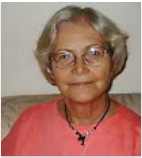



.jpg)
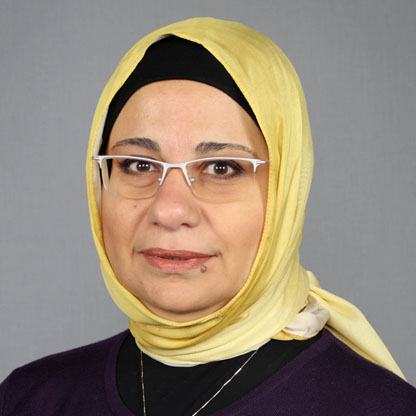

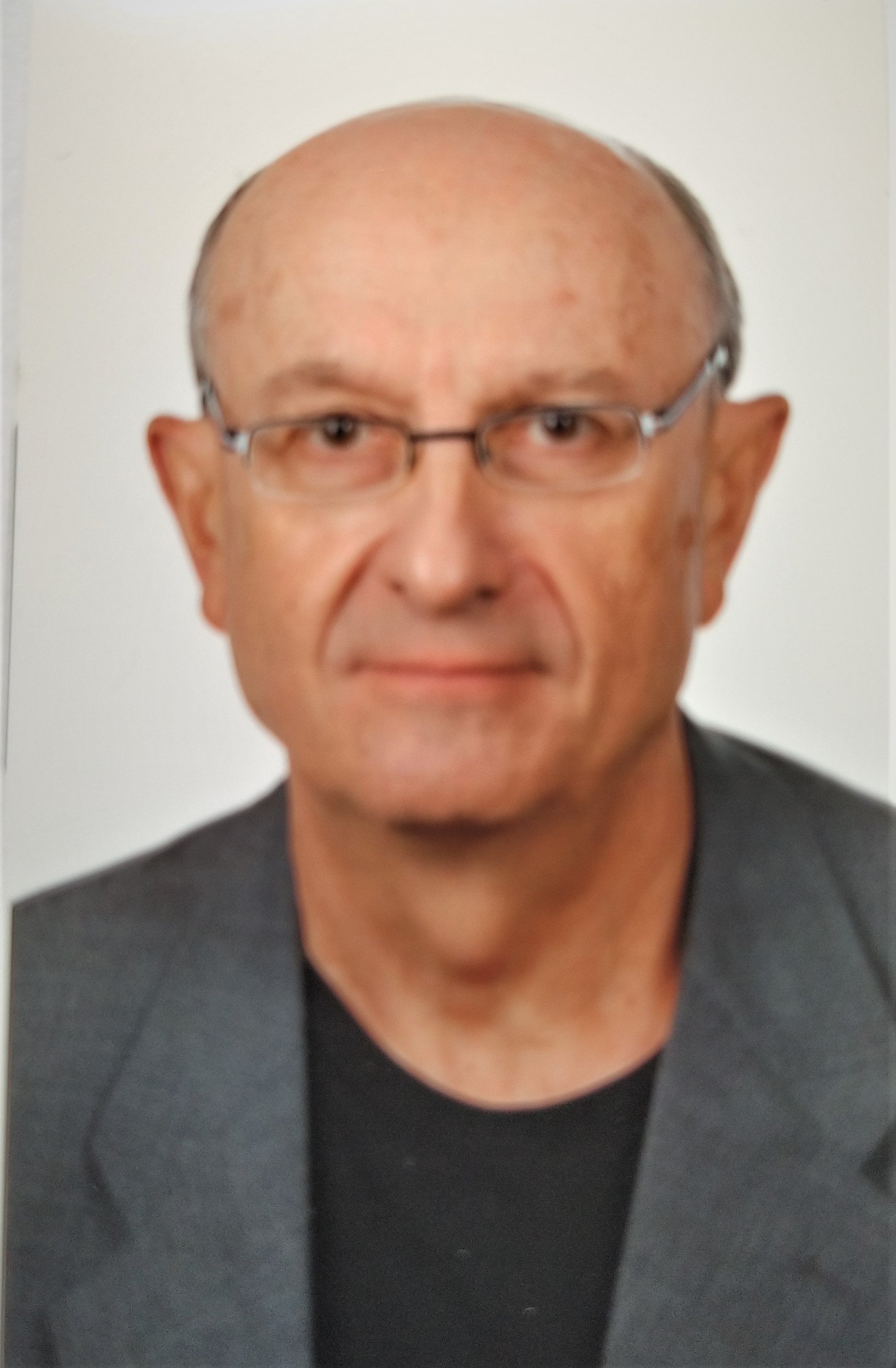
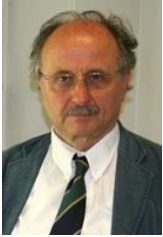





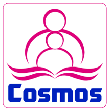




















 Editorial Board Registrations
Editorial Board Registrations Submit your Article
Submit your Article Refer a Friend
Refer a Friend Advertise With Us
Advertise With Us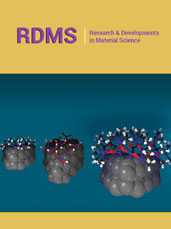
.jpg)

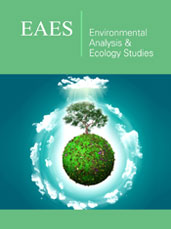
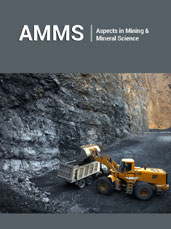

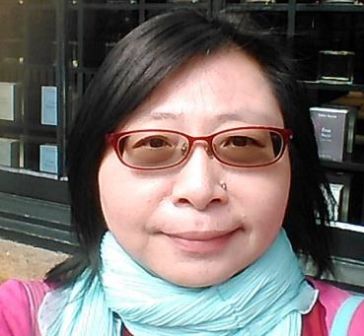
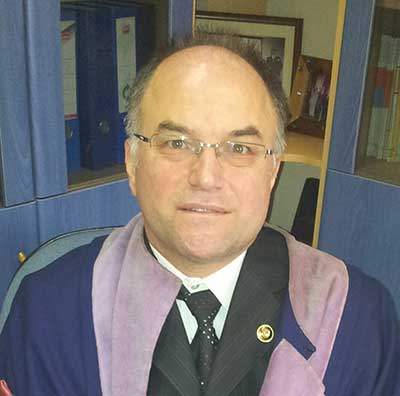
.jpg)




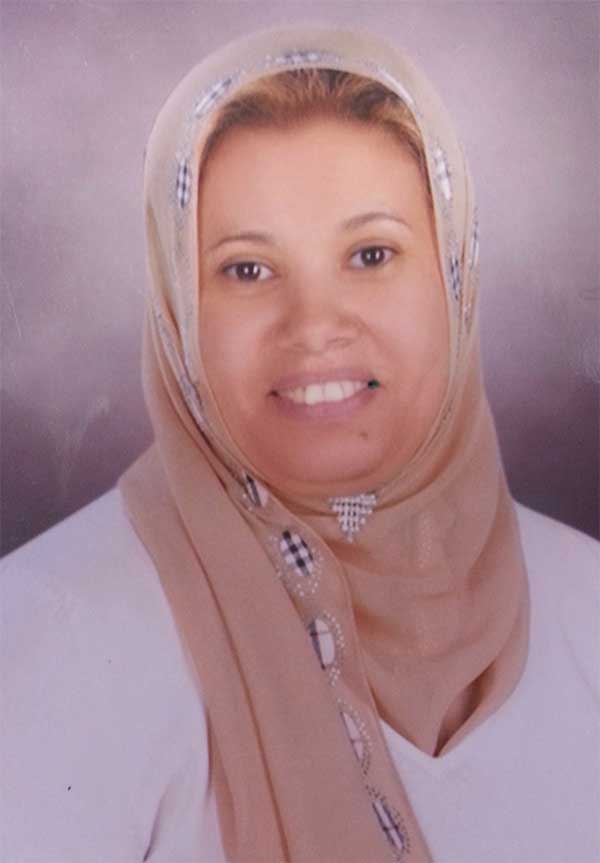



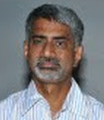


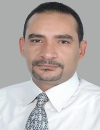
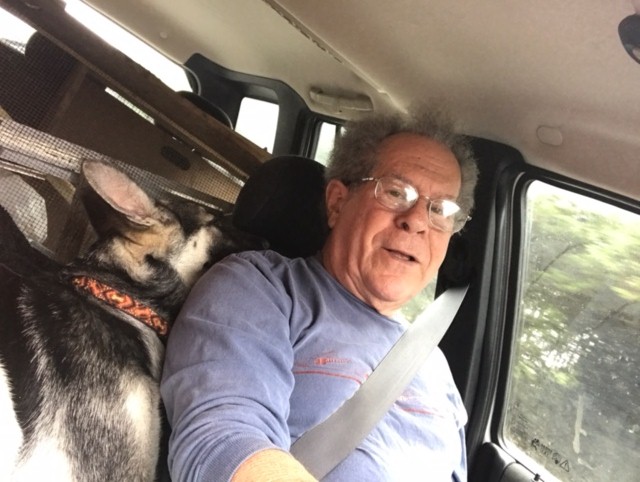

.bmp)
.jpg)
.png)
.jpg)
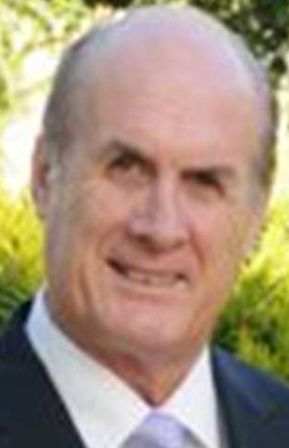
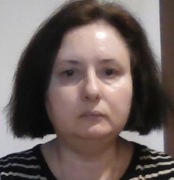
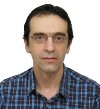




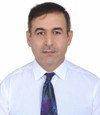

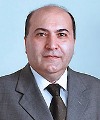
.jpg)





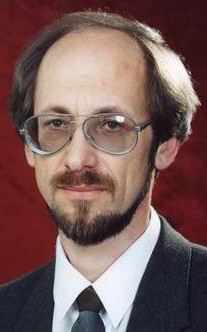
.png)

.png)



.png)
